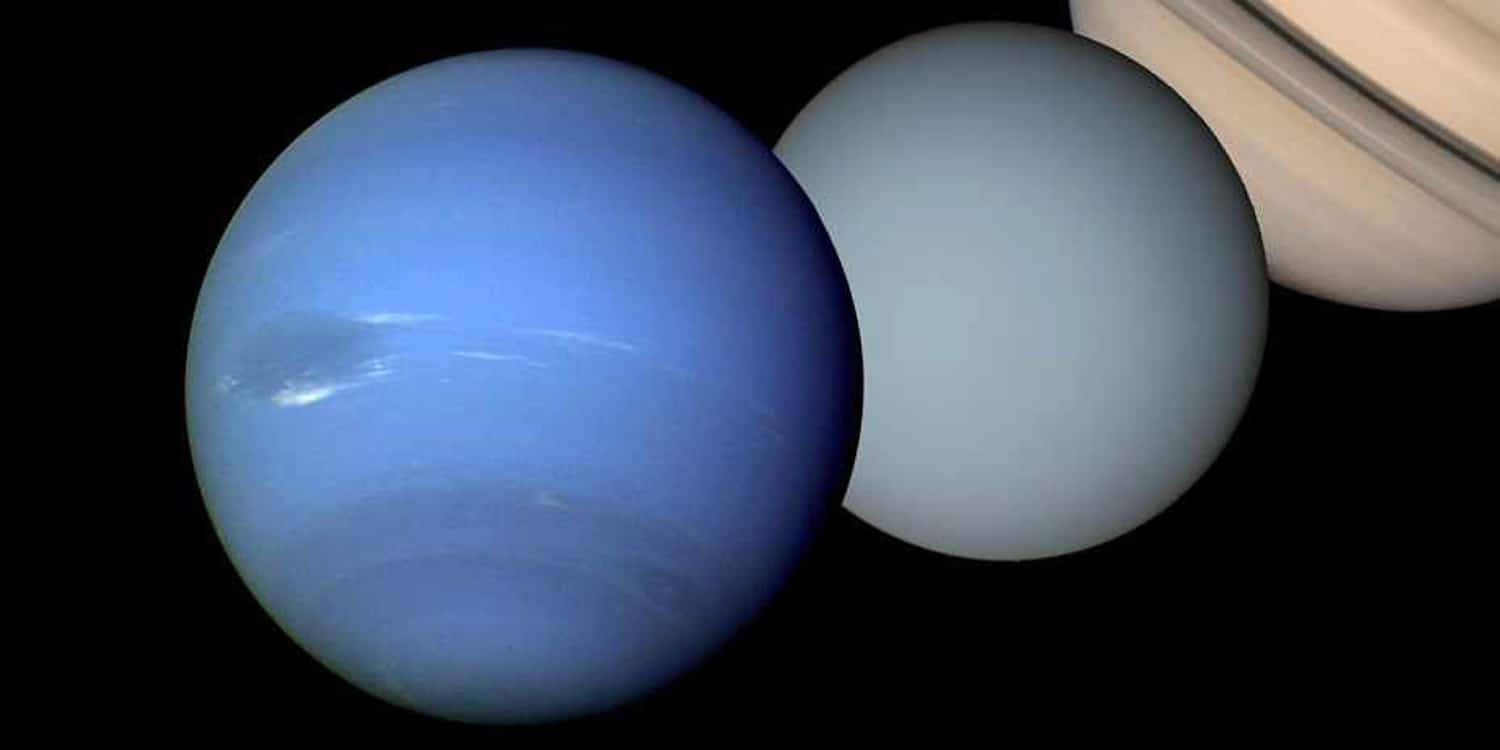
Probably because of their unique internal structures, the planets- Uranus and Neptune skewed magnetic field. Some scientists suggest that the planets derived such nondipolar magnetic fields from a special geometry of their icy mantle with a thin convective layer on top of a stratified non-convective layer.
Both planets have H2O and NH3 as representative materials comprising the mantle of giant ice planets. The presence of superionic H2O and NH3 has been thought of as an explanation to stabilize such non-convective regions. However, a lack of experimental data on those superionic phases’ physical properties has prevented the clarification of this matter.
New experiments by ETH Zurich researchers now show that the mystery remains unsolved.
The strange magnetic fields of both planets are strongly tilted according to the planet’s rotation axes and are significantly offset from the planet’s physical center. The reason for this has been a longstanding mystery in planetary sciences.
Many theories suggest that circulations in a convective layer, which consists of an electrically conductive fluid, may have caused a skewed magnetic field.
In this study, scientists used computer simulations and found that H2O and NH3 undergo a superionic state. In this state, the hydrogen ions become mobile within the lattice structure formed by oxygen or nitrogen.
Scientists conducted high-pressure and high-temperature experiments with ammonia. They wanted to determine the elasticity of the superionic material.
Scientists used a diamond anvil cell, a high-pressure apparatus. They placed ammonia in a small container with a diameter of about 100 micrometers, clamped between two diamond tips that compress the sample—doing so exposed materials to extremely high pressures, such as those found inside Uranus and Neptune.
Using an infrared laser, scientists heated the material sample to over 2,000 degrees Celsius. Simultaneously, they used a green laser to illuminate the sample.
They then estimated the wave spectrum of the scattered green laser light. By doing so, scientists determined the material’s elasticity and the chemical bonding in ammonia.
While doing the experiments, scientists also discovered a new ammonia phase: a new superionic ammonia phase (γ phase). Scientists think that such a new phase may be present in the deep interior of Uranus and Neptune.
However, the phase exhibits an elasticity similar to that of the liquid phase; hence, it would not be viscous enough to contribute to the non-convective layer formation.
Journal Reference:
- Tomoaki Kimura et al. Fluid-like elastic response of superionic NH3 in Uranus and Neptune. DOI: 10.1073/pnas.2021810118
Continue reading The unsolved mystery of Uranus and Neptune on Tech Explorist.
0 comments:
Post a Comment